Cat Ba authorities hope that as a UNESCO World Biosphere Reserve, the islands will lure more local and foreigner visitors. Its current hotel and tourism facilities can accommodate 6,000 visitors at a time and Cat Ba expects to receive 50,000 tourists this year, up from 15,000 last year.
There are plenty of reasons why Cat Ba has high expectations and why it deserves UNESCO’s special title.
Taking a car or train for two hours from Hanoi to Hai Phong and then boarding a high-speed vessel for another hour, you will arrive at Cat Ba Island, the largest among 366 islands in the Lan Ha Bay.
The archipelago in Cat Hai District, some 45 kilometres east of Hai Phong and 150 kilometres southeast of Hanoi, covers more than 17,000 hectares of land and 9,200 hectares of sea.
It boasts a typical ecological system in Vietnam, including tropical rain forests on limestone islands, mangrove forests, coral reefs, sea grass, sand beaches and mysterious caves.
The archipelago consists of three parts. The core zone stretch as for more than 8,500 hectares of islands and the sea area remains largely untouched. Only a few people have conducted some research here.
The adjacent 7,740-hectare buffer zone, which helps protect the core zone, offers great opportunities for economic development, research, education and entertainment.
The outer 10,000-hectare transition zone has already been populated and exploited for its favourable conditions for socio-economic development, while also maintaining sustainable environmental protection policies.
Cat Ba is home to some 2,320 different types of fauna and flora, including 740 land animals 280 forest species, 540 seabed creatures, 200 fish species, 180 coral reef organisms, 80 sea grass species and 20 different wetland plants.
As many as 60 of Cat Ba's species are endangered, according to Vietnam's Red Book.
Besides vegetation, the archipelago has many beautiful beaches, such as Cat Coi, Cat Co 2, Cat Dua, Duong Oanh and Cat Ong.
Visiting the large beaches of Cat Co and Cat Dua, which are separated by a small mountain range, you can swim in turquoise warm waters so clear that you can see the sand floor beneath you.
And if you are looking for a quieter, more remote place, you can hire a motorboat to travel to the small islets, where calm and clean beaches, such as the Cat Trai Gai, Duong Gianh and Hien Hao, await you.
The mountain next to Cat Co Beach has a tunnel and fascinating caves and grottoes, such as Hang Luon, Khe Sau, Trung Trang, Gia Luan and Kim Cuong. In these caves you will feel like an explorer discovering nature's wonders and mysteries.
Another unforgettable highlight is the sunset over Lan Ha Bay. Against the golden horizon and dark blue sea, the islets start to look like green dots that white sea gulls and sea eagles circle.
The best time to visit Cat Ba is during October and November. Weather is chilly from December to February, and you can expect rain during March and April. From June through August it is hot and humid.
Saigon Times
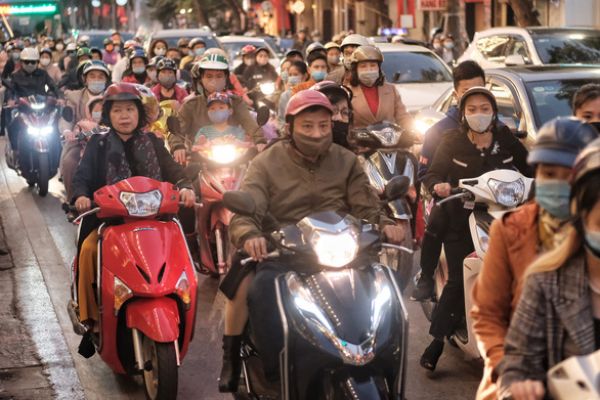
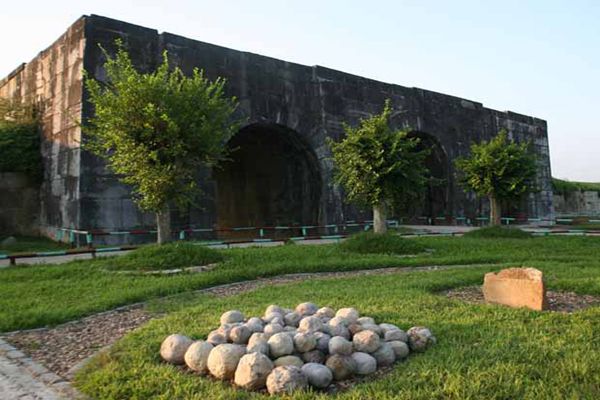
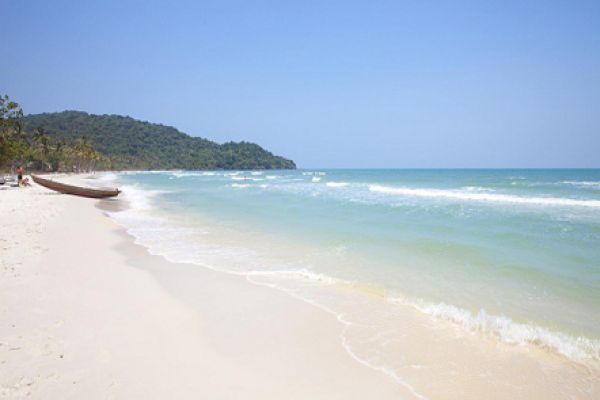
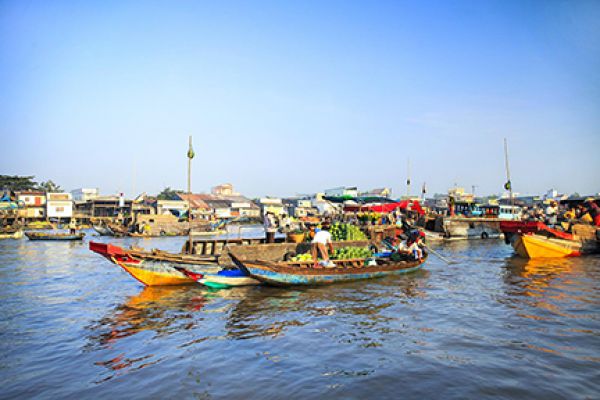
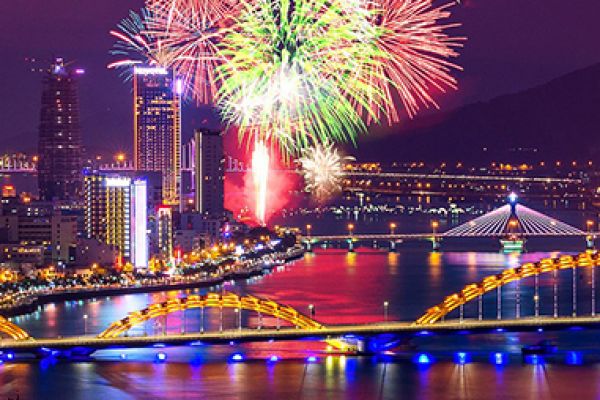

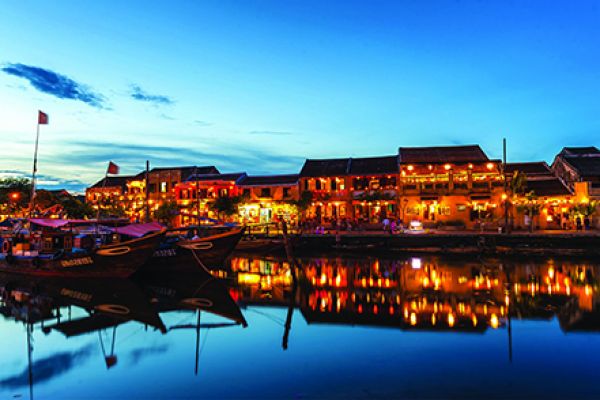
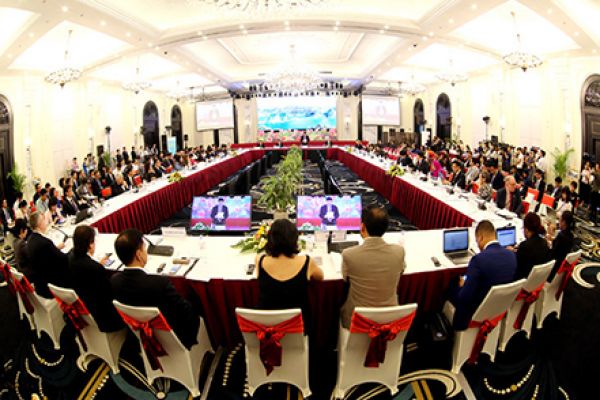
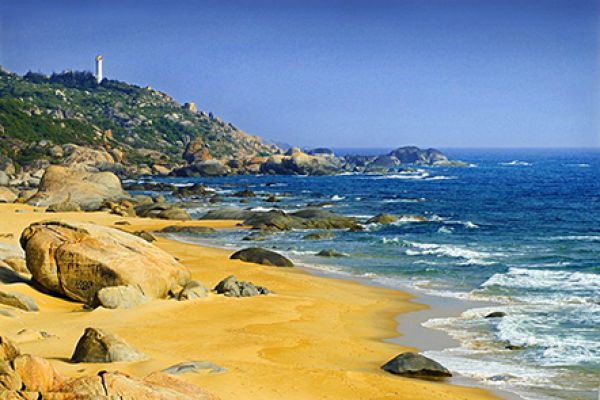
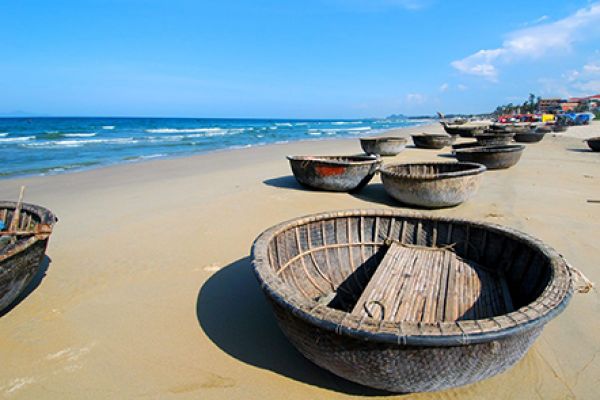
(84-63) 3 826042 – (84-63) 3 511142
No 54 Nguyen Dinh Chieu, Ham Tien Central Mui Ne Beach Binh Thuan Vietnam
523 To Hien Thanh District 10 Ho Chi Minh City Vietnam
Ha Long Halong City Quang Ninh Vietnam
A13 Hung Thong 2 Halong City Quang Ninh Vietnam




